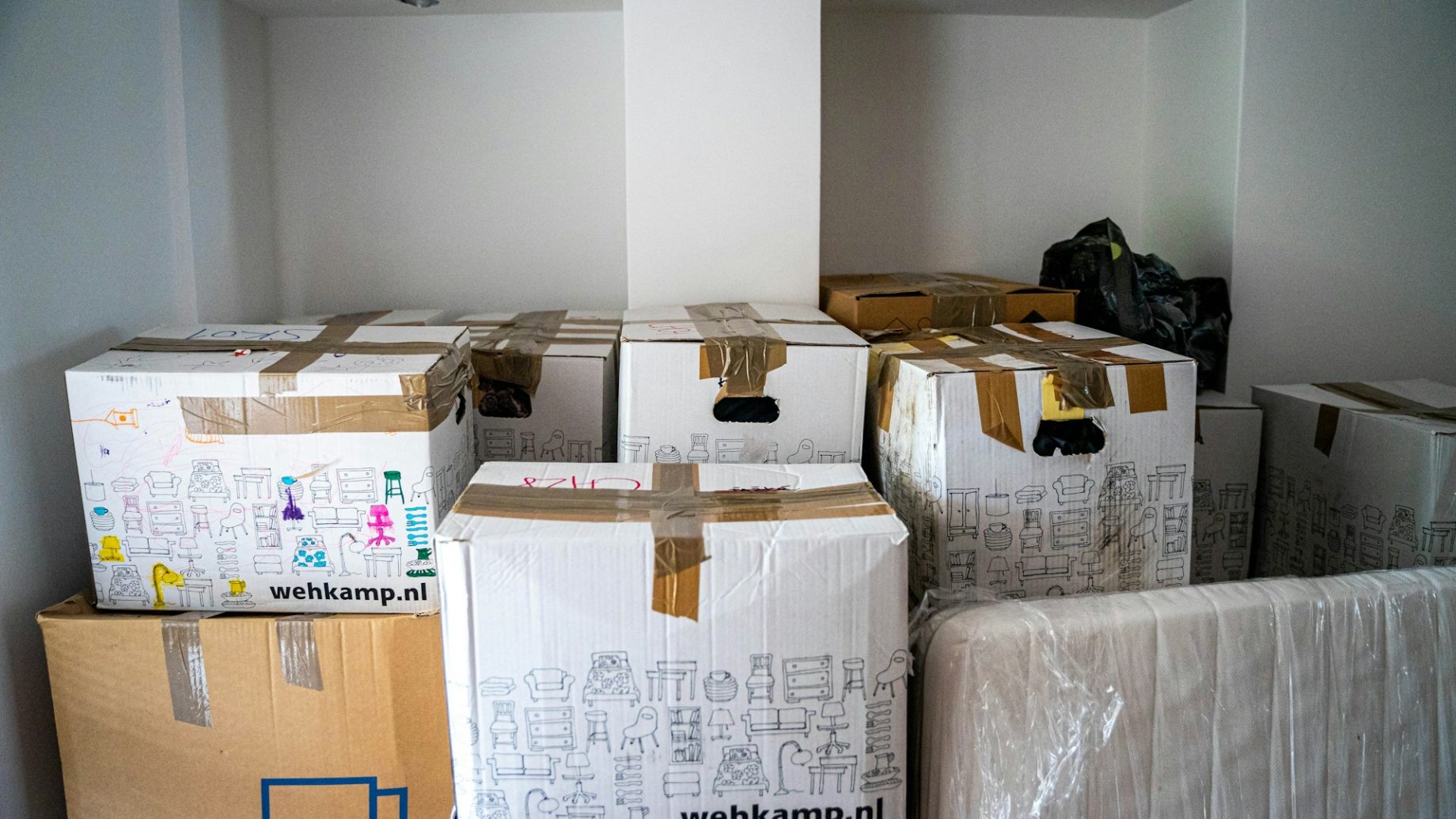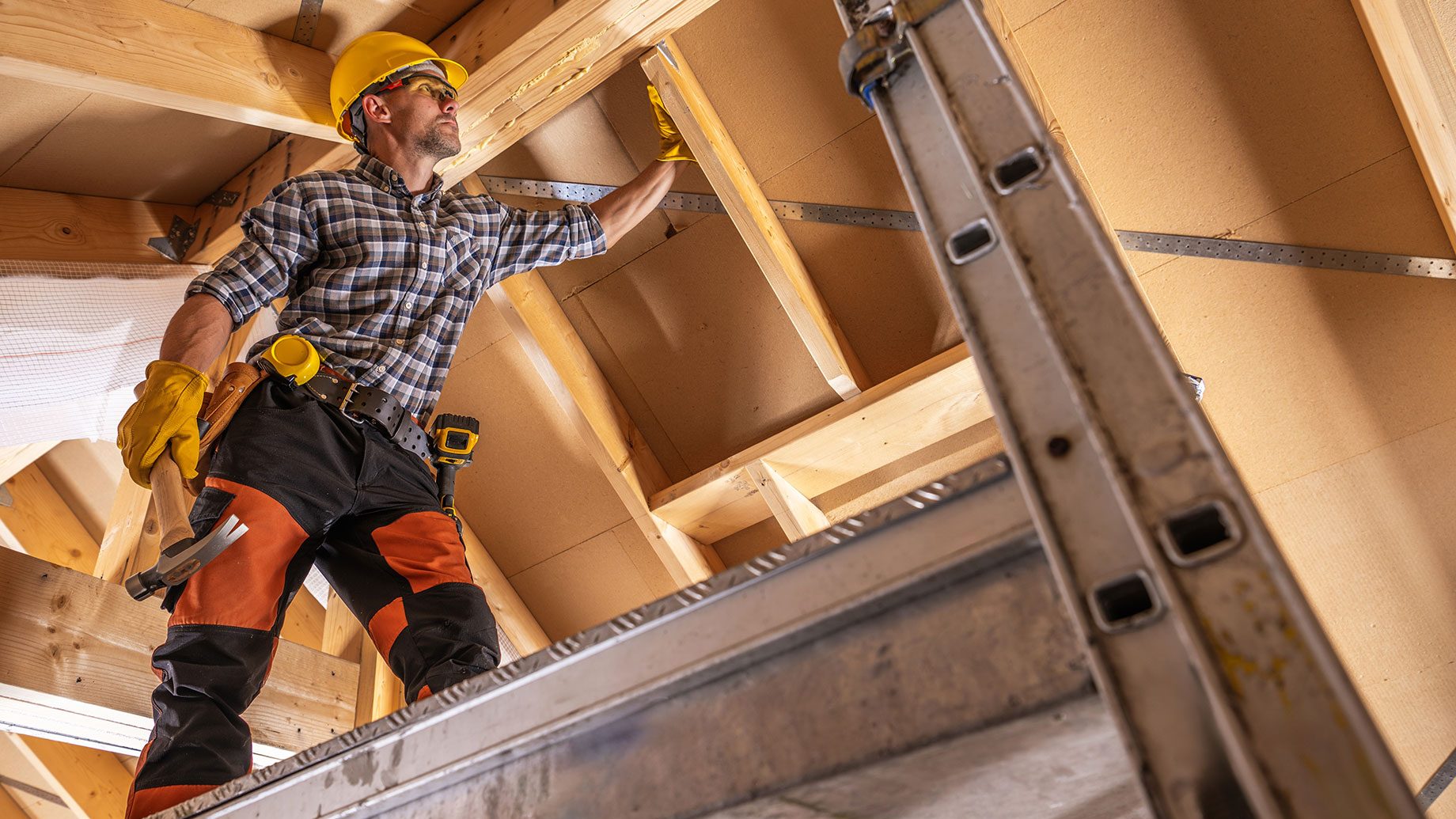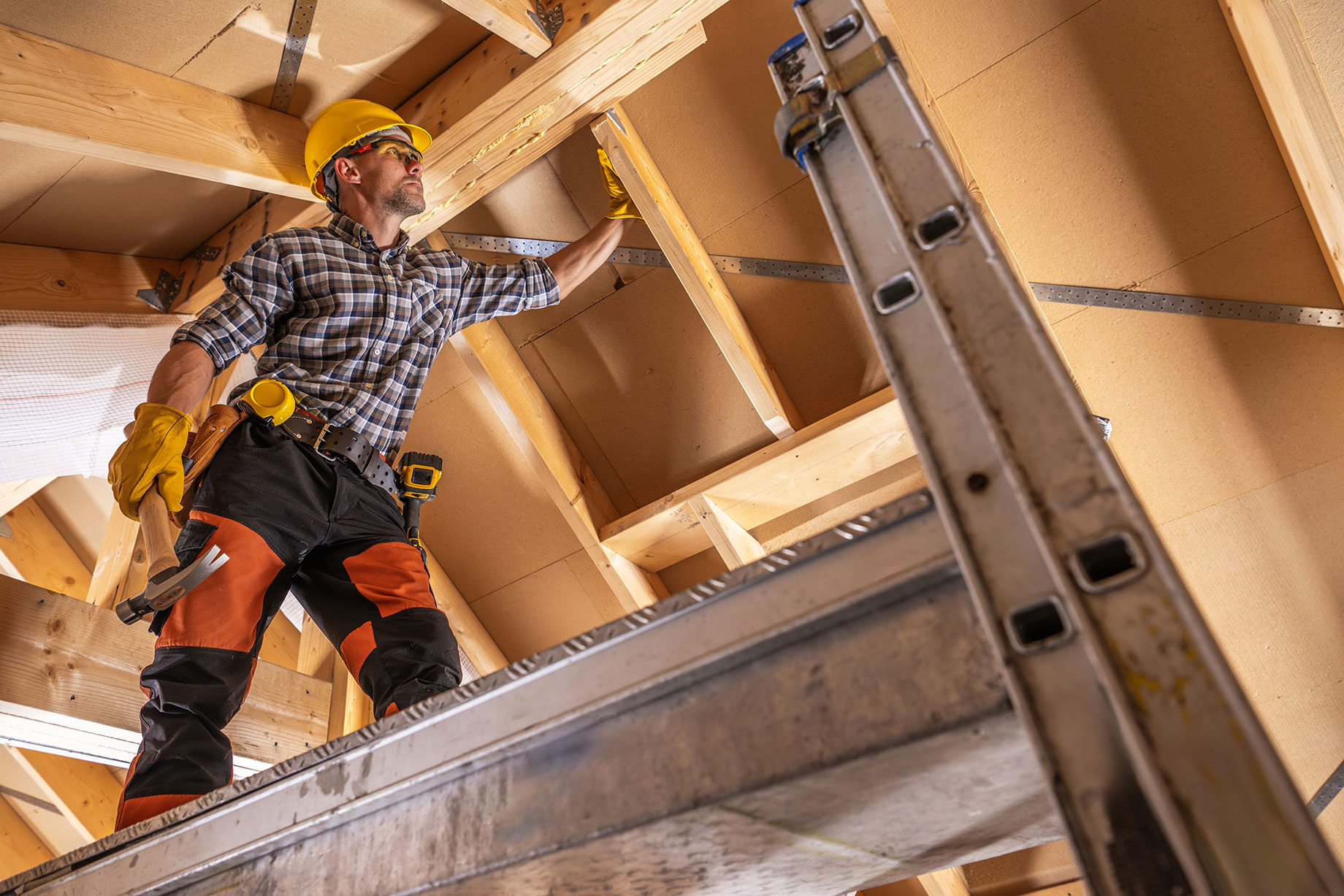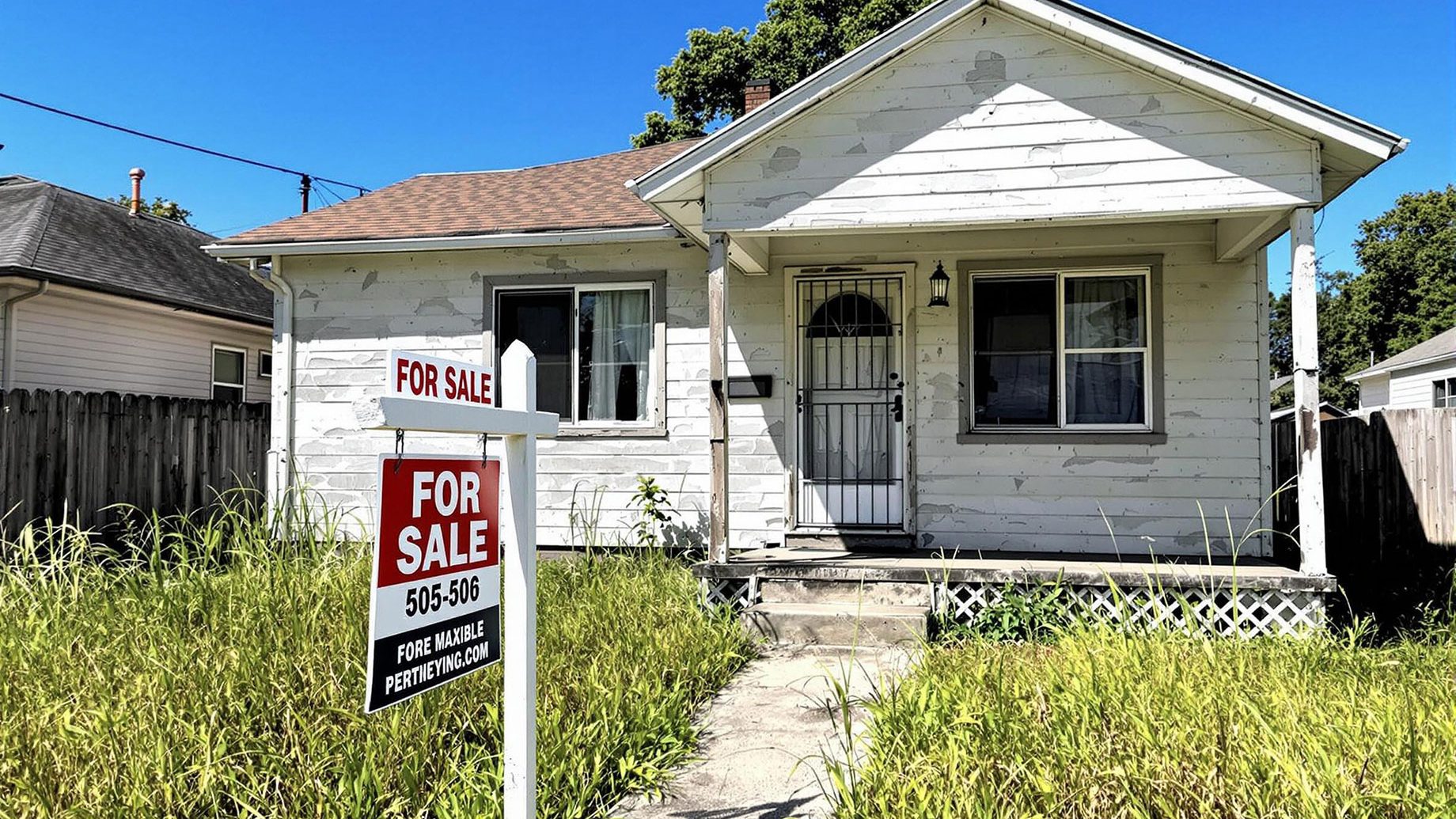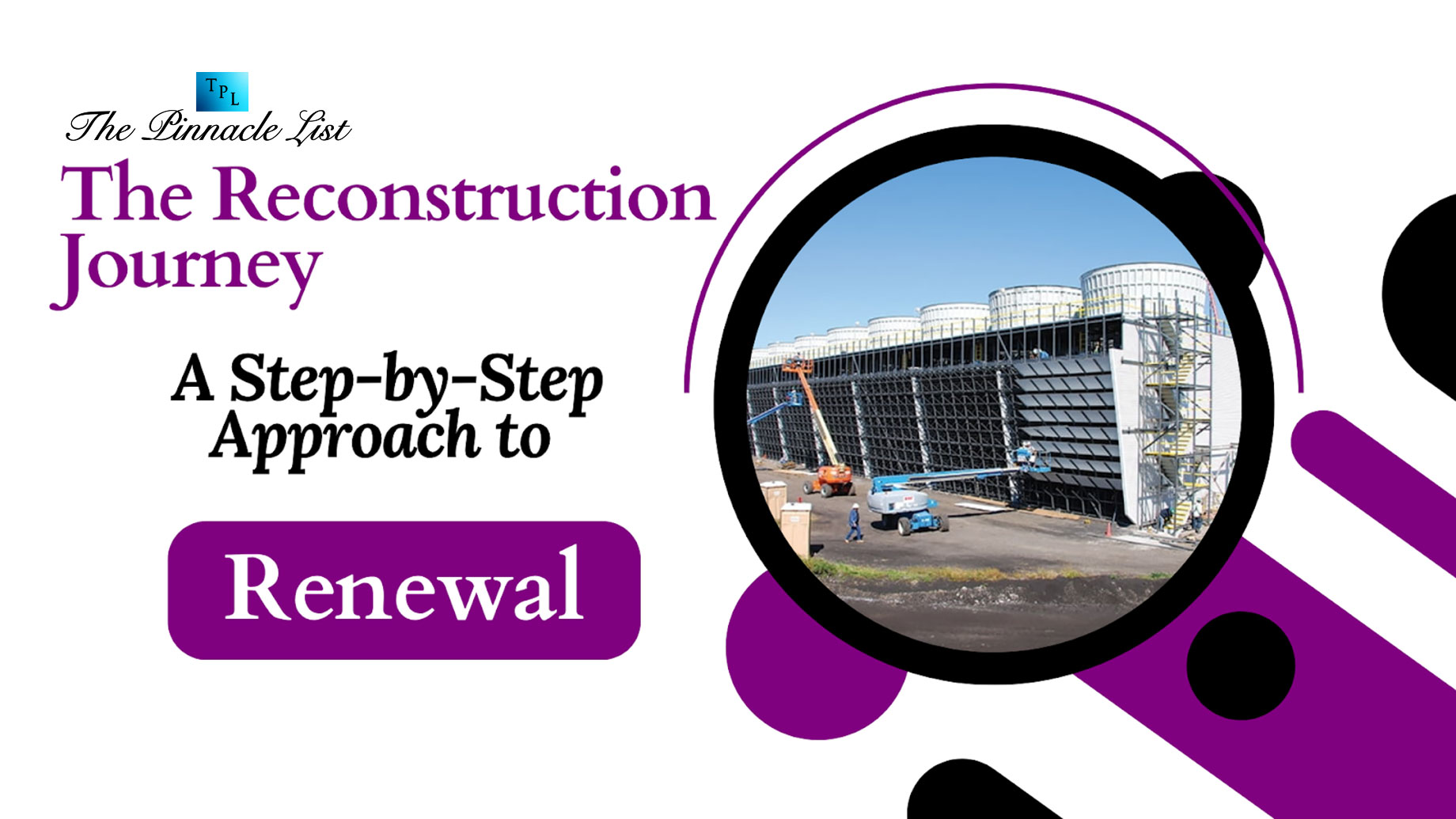Planning a move across the country is a significant life event — one that demands organization, clarity, and the right professional support. Whether you’re relocating for a new job, family, or lifestyle change, hiring the right cross-country moving company can make or break your experience. If you’re beginning this journey, especially from the Midwest, understanding what to expect and how to choose the right mover — like a trusted Minneapolis moving company — is crucial.
This guide covers everything you need to know before hiring a cross-country moving company, from licensing to budgeting and beyond.
Understand What a Cross-Country Move Involves
A cross-country or interstate move typically involves transporting your belongings across state lines — sometimes thousands of miles. This kind of move is more complex than a local relocation and often requires coordination between multiple departments, logistics teams, and transport drivers.
Unlike local moves, cross-country moving companies must comply with federal regulations, including licensing and , standards. This is why it’s important to work with Professional Movers in Edina, MN or surrounding areas who are experienced in long-haul relocations and can ensure compliance every step of the way.
Key considerations include:
- The weight of your belongings
- Travel distance
- Fuel and toll charges
- Timing and delivery windows
These factors affect both the cost and structure of your move, so having a full picture early on is critical.
Verify Licensing
This is one of the most crucial steps in hiring a cross-country mover. Interstate movers must be registered with the Federal Motor Carrier Safety Administration (FMCSA) and have a valid U.S. DOT number. This ensures the company is recognized by the Department of Transportation and follows national safety and accountability standards.
Things to check:
- USDOT and MC numbers: Use the FMCSA website to verify.
- Liability , coverage: Ensure the company provides basic and full-value protection.
- Workers’ compensation , : This protects you from being liable in case a mover gets injured on your property.
Reputable movers like those among the Professional Movers in Edina, MN will have these credentials readily available and be transparent about their coverage and policies.
Get Multiple Written Estimates
Never settle for the first quote you receive. The cost of a cross-country move can range from $3,000 to $10,000 or more, depending on various factors like the volume of goods, additional services, and timing.
Types of estimates:
- Non-Binding Estimate: Final price can change based on actual weight.
- Binding Estimate: Set price based on estimated weight.
- Binding Not-to-Exceed Estimate: You won’t pay more even if the weight exceeds the estimate.
Ask each Minneapolis moving company you speak with to provide a written estimate after an in-home or virtual survey. Avoid companies that only give quotes over the phone without inspecting your items. Also, beware of extremely low bids. They may hide additional fees or signal a lack of professionalism.
Understand the Services Offered
Not all cross-country movers offer the same set of services, so it’s essential to clarify what’s included in your quote.
Core services to expect:
- Loading and unloading
- Transportation
- Basic liability coverage
Optional services:
- Packing and unpacking
- Temporary storage
- Crating for valuable or fragile items
- Disassembly and reassembly of furniture
- Special handling for pianos, art, or antiques
When working with Professional Movers in Edina, MN, ask for a detailed breakdown of all services, and don’t hesitate to request custom solutions for unique needs.
Check Reviews and Company Reputation
A company’s online presence can tell you a lot. Start by researching customer reviews on platforms like:
- Google Reviews
- Yelp
- Better Business Bureau (BBB)
- FMCSA’s complaint history
Look for patterns in the feedback. Are customers consistently complaining about damaged goods, delayed deliveries, or hidden charges? Or are they praising excellent customer service and prompt delivery?
Additionally, ask the company for recent referrals or testimonials. A trustworthy Minneapolis moving company won’t hesitate to connect you with satisfied customers.
Be Aware of Common Moving Scams
Unfortunately, the moving industry isn’t immune to scams — especially when it comes to long-distance relocations. Knowing the red flags can help you avoid costly mistakes.
Watch out for:
- No physical office address or vague company information
- Requesting large deposits before the move
- Low-ball estimates with hidden charges
- No written contract or blank documents to sign
- Unmarked moving trucks
Legitimate companies, especially well-established ones like Professional Movers in Edina, MN, operate with professionalism, transparency, and clearly branded equipment. Never pay in full upfront, and always read the fine print in any agreement.
Prepare for Delivery and Post-Move Steps
Once your belongings are on the road, there are a few additional steps to ensure a smooth arrival at your new home.
Here’s what to do:
- Confirm delivery window: Ask for a written delivery window and regular updates.
- Inspect items upon arrival: Note any damage or missing items and file a claim immediately if needed.
- Review the Bill of Lading: This document confirms the inventory and services provided — do not sign it if there are discrepancies.
- Tip your movers appropriately: If the service was excellent, a tip of 10–15% is standard for cross-country moves.
Also, be prepared for temporary storage in case your new home isn’t ready yet. Many moving companies, including leading Minneapolis moving company providers, offer secure short-term storage options.
Conclusion
Hiring a cross-country moving company is a decision that should be approached with caution, diligence, and a solid understanding of your needs. From verifying licenses and , to comparing services and reading reviews, every step is essential in ensuring your move goes off without a hitch. Whether you’re moving from Minnesota to the West Coast or relocating from the Midwest to the South, working with trusted professionals makes all the difference. Companies like the Professional Movers in Edina, MN and established Minneapolis moving company providers offer the experience, transparency, and services needed to handle the demands of a cross-country move.
Take the time to plan, research, and hire carefully — your future self (and your belongings) will thank you.
